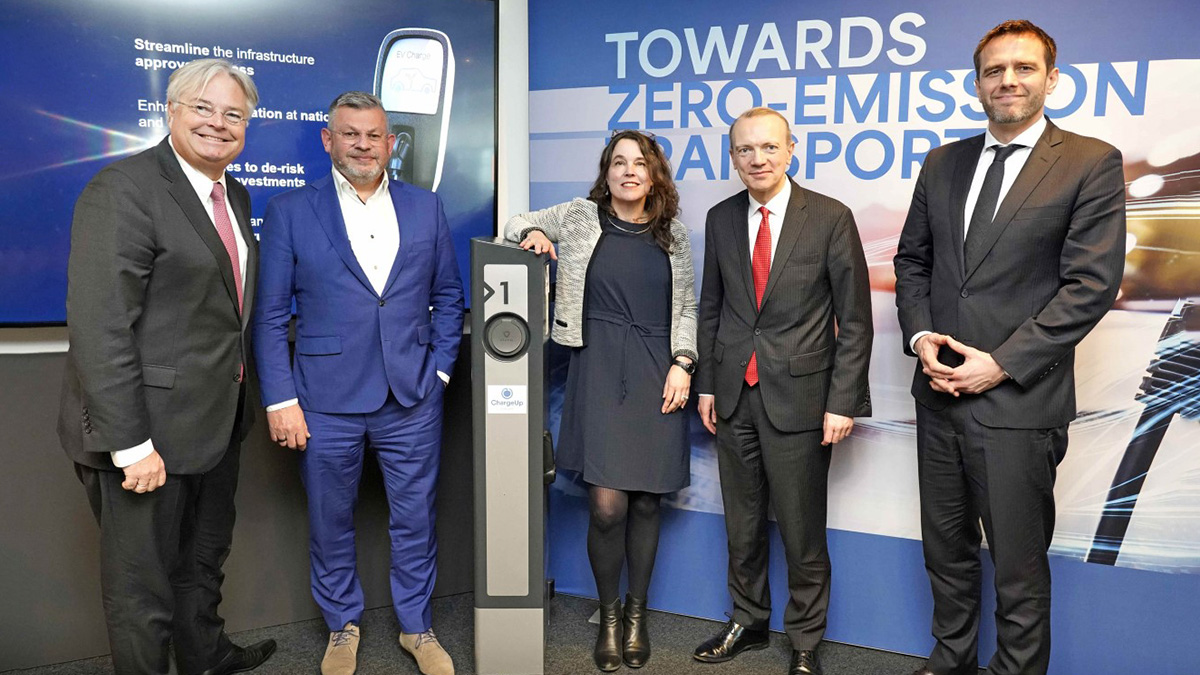Belgium – WindEurope and other key associations issued a joint statement urging European policymakers to implement the right policies to support the transition to zero-emission transportation.
To achieve zero-emission transportation, the EU must remove any barriers to the rapid adoption of electric vehicles and the deployment of electric vehicle charging infrastructure. One of the major challenges of the European Green Deal is decarbonizing road transport. By 2030, Europe wants a 55 percent reduction in CO2 emissions in the transportation sector, with carbon-neutral mobility by 2050. The European Union is also working to phase out the sale of combustion engines. However, while the power sector has reduced emissions significantly in recent decades, transportation decarbonization has stalled.
Transition to net zero
WindEurope, in collaboration with ACEA, CLEPA, the European Association of Automotive Suppliers, Eurelectric, and ChargeUp Europe, called for the right policy framework to jumpstart the transition to net zero mobility. The Renewable Energy Directive (RED III) incentivizes the use of renewables, while the Alternative Fuels Directive (AFIR) and the Energy Performance of Buildings Directive (EPBD) roll out recharging and refueling infrastructure (EPBD).
Moving to zero-emission transportation makes sense only if it occurs concurrently with Europe’s renewable energy targets. The direct electrification of transportation relies heavily on wind energy. It’s pointless to electrify transportation with fossil-fuel-derived electricity. The EU wants wind energy to reach 1,300 GW by 2050, up from around 200 GW today, to ensure sufficient renewable electricity.
Electric vehicle charging stations will be required not only for passenger vehicles, but also for future fleets of heavy trucks and public transportation. Up until 2030, a total investment of €280 billion will be required. This includes the deployment of private and public charging infrastructure, grid upgrades, and increased renewables investment to ensure that the future of EV charging is powered by renewables whenever possible.
Europe’s electricity grids
Currently, Europe does not have enough charging infrastructure for electric vehicles. It installs 2,000 public charging stations every week. However, to keep up with the sharp increase in demand for EV charging, it will need to install closer to 14,000 per week between now and 2030.
It is also critical to optimize Europe’s electricity grids. Fast chargers will need to be factored into the design of Europe’s smart electricity grids as the continent moves toward a zero-emission vehicle future. Charging points will be available wherever they are needed thanks to smart grid planning. Not only within cities, but also along Europe’s major highway systems. This will alleviate concerns about electric vehicle range and availability.
The permitting of charging infrastructure, like that of wind energy, is an ongoing issue that must be resolved. Governments must ensure that they have the necessary ambition and expertise. Administrative roadblocks should not prevent the deployment of charging infrastructure.




